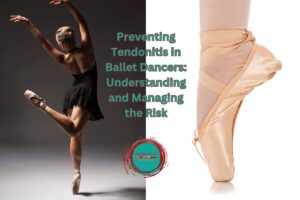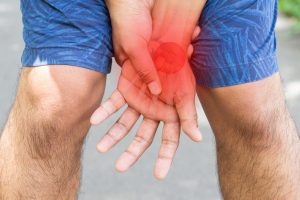 You could not have failed to notice that World Cup 2018 is upon us. All of us at CHP are fully engrossed in the action from Russia 2018 with the Welsh, Scottish and Irish among us throwing the full weight of their support behind the Three Lions! In this blog, Specialist MSK Physio Kieran O’Dea chats to friend and colleague of Central Health Physio, Mr Adel Tavakkolizadeh. Adel is a Consultant Upper Limb & Orthopaedic Surgeon at London Bridge Orthopaedics. Read on to hear his thoughts about the unluckiest man in football at the moment… Mr Mo Salah!
You could not have failed to notice that World Cup 2018 is upon us. All of us at CHP are fully engrossed in the action from Russia 2018 with the Welsh, Scottish and Irish among us throwing the full weight of their support behind the Three Lions! In this blog, Specialist MSK Physio Kieran O’Dea chats to friend and colleague of Central Health Physio, Mr Adel Tavakkolizadeh. Adel is a Consultant Upper Limb & Orthopaedic Surgeon at London Bridge Orthopaedics. Read on to hear his thoughts about the unluckiest man in football at the moment… Mr Mo Salah!
Salah Misfortune
Liverpool fans will need little reminding of the damage done by Spanish matador Sergio Ramos (he, no doubt, has been called worse by fans of Egypt and Liverpool), to the North Africans’ star man, Mo Salah. In the 25th minute of the recent Champions League final the Real Madrid defender dragged Salah to the ground, causing him to land heavily on his outstretched right arm. Initially, it was feared that Mo may have dislocated his shoulder and miss the World Cup entirely, but later it emerged he had sprained his ACJ (acromio-clavicular joint). As a result Salah missed Egypt’s first game at the World Cup in 28 years, as ‘The Pharaohs’ when down 1-0 to Uruguay on Friday, before struggling to make his usual impact on Monday versus Russia.
What is the ACJ?
The ACJ is the joint at the top shoulder that joins the collar bone to the top of the shoulder blade. Consultant Upper Limb Surgeon Mr Adal Tavakkolizadeh says he commonly see this injury in footballers and rugby players – but also in cyclists who come off their bikes. ACJ injuries are graded from 1-6. Grade 1 involves only a sprain of the ACJ ligaments, and while a grade 2 involves a ligament tear, crucially the joint remains stable. Grades 3-6 are more serious.
What next for Mo Salah?
With over three weeks having passed since his unlucky encounter with Mr Ramos, was there sufficient recovery time for Salah to play in this year’s World Cup. Mr Tavakkolizadeh thinks so: ‘’ if he has a type 1 or type 2 ACJ injury, then the stability of the ACJ is generally not compromised and therefore the return to sports is guided by resolution of pain, regaining full range of movement and gradual strengthening. With the latest rehab techniques and appropriate initial management of the injury, the return to sports can be pretty quick and 3 weeks would be a realistic time line.’’ The upper limb specialist continues ‘’ All the strengthening work starts once the pain over the ACJ settles. The improvement in tenderness and pain with resisted activities (i.e. strength testing) are probably the best clinical signs of healing’’.
Is surgery required?
Mr Tavakkolizadeh explains when surgery is considered: ‘’ Anything more than a grade 2 injury involves more ligament injury including the coraco-clavicular ligaments with some associated ACJ instability. The results of conservative non-operative treatment become increasingly more unpredictable – that is why surgery is considered more seriously in grade 3-6 injuries’’.
So despite Egypt’s World Cup dream being over for 2018, the good news for Mo Salah is that a sprain (grade 1 or 2) is unlikely to require surgery.





Comments